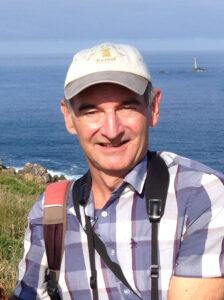 Mike Langman has been a full-time illustrator specialising in birds since 1992 and has published a total of 85 books, including Park and Garden Birds and the Guide to Ducks, Geese and Swans, with his work also featuring in many UK birdwatching magazines.
Mike Langman has been a full-time illustrator specialising in birds since 1992 and has published a total of 85 books, including Park and Garden Birds and the Guide to Ducks, Geese and Swans, with his work also featuring in many UK birdwatching magazines.
Mike worked for the RSPB at their headquarters in Bedfordshire for nine years after finishing his education at Middlesex Art College in 1983, and his illustrations have been published in most of the RSPB’s quarterly Nature’s Home magazines, on nearly every RSPB reserve, on identification cards, in murals in information centre, and in other outlets across Britain and Europe.
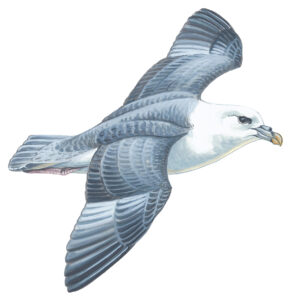
He has been an avid birdwatcher from the age of ten and particularly enjoys birdwatching around his local area in the South West, especially Berry Head in Devon, with his knowledge and expertise regularly sought by local organisations. Mike is also a voluntary art editor for Devon Birds, his local bird society, where he has previously held a number of roles in numerous years between 1994 and 2010.
Mike recently took the time out of his busy schedule to answer our questions about his career in illustration, which mediums he uses to create his drawings and more.
How did you get into illustrating nature?
A love of nature started with walks with my parents and visits to my grandparents – one set keen on birds and the other owned a farm where I could (more or less) have free range to explore. Drawing wildlife came from copying pictures I saw in books of wildlife that excited me, initially big cats but as I watched birds in gardens and countryside I would copy pictures from books of them too.
What are your favourite mediums for illustrating books?
Most of my published work is a mixture of watercolour for its freshness and clarity, but to speed up the process I (like many other published artists) use gouache too, this being opaque pale paint that can be put on top of darker watercolour to create feather edges and highlights etc. A watercolour purist uses the white of the paper to shine through pale areas!
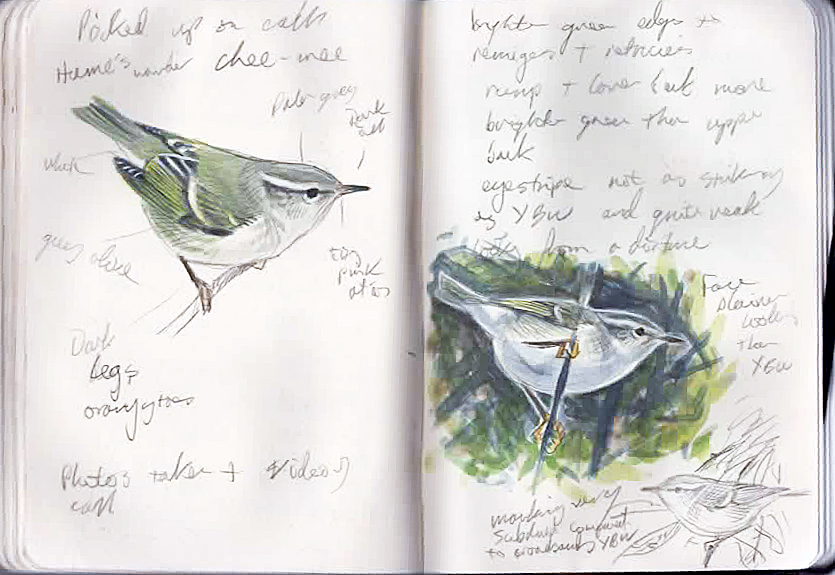
How do you approach illustrating a bird you’ve perhaps never seen in real life?
I use whatever I can get my hands on, googling photos or videos (better for capturing character), but I still use skins (dead crudely stuffed birds) held in museums like Tring or even Exeter and Torquay.
How do you record a bird‘s behaviours, and have you seen any unusual behaviours from a common bird?
Yes, as a birder I’m always looking for not just unusual species but behaviours too –– an inquisitive mind leads to a better understanding of the species and I do illustrate behaviour in published work when required to.
What has been your favourite bird to illustrate that you keep coming back to?
That’s a tricky one, but I love seabirds and warblers. I suppose if I had to choose one it‘s the Firecrest for its character and colour – a truly stunning tiny bird. But, I must not forget our south Devon speciality, the Cirl Bunting, and, and I could go on!
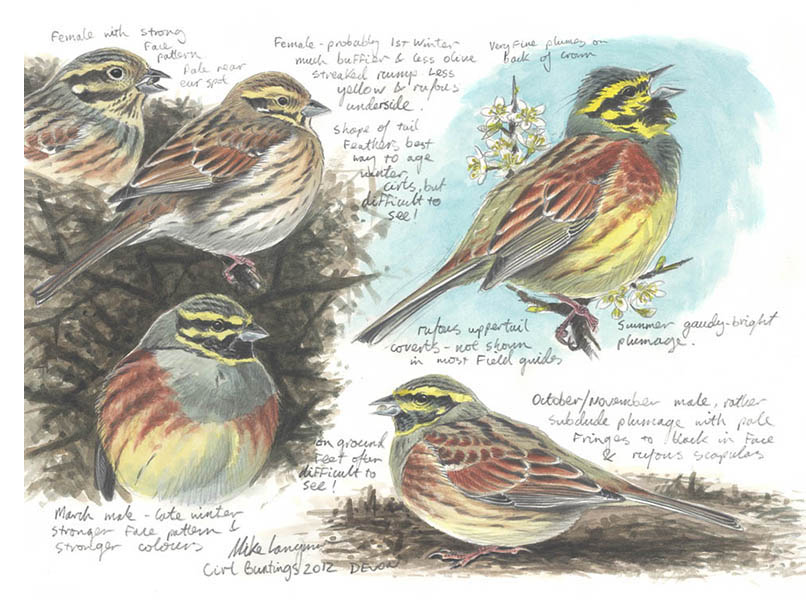
How has climate change altered your approach to projects?
I do a huge amount of illustration work from home but I do travel a bit too (although much more locally based than I used to be). At home I’m trying to be as carbon neutral as possible with solar panels, storage batteries, good house insulation and, last year, buying an electric car. When I do travel abroad I do as much wildlife watching as possible – visiting reserves and hiring guides which will help maintain some of the very important and often not so important biologically rich areas.
Do you see wildlife human conflict in your work?
Not so much in the publishing world, but as part of my secondary job as a wildlife guide here in Devon, running walks, tours and cruises, I have witnessed some terrible scenes. Dolphins caught in nets, seals with plastic rings and fishing gear snagged around their necks, jet skis harassing dolphins, fishermen throwing rocks at seals and even fishermen having ‘fun’ catching gulls with baited hooks. Away from the sea we have hedges cut by land owners at the wrong times of year, and housing developments on green land around Torbay in areas I used to watch wildlife...
What bird do you wish you had seen and why?
Pretty much every bird I haven’t seen – but I know that’s not a good thing, practically and in terms of harm to my carbon footprint, and inevitably it’s just not possible. So, I keep it local and look for anything that provides me with a challenge to find, identify and share with others. For more than 30 years I’ve wanted to find a Hume’s Warbler (a small and very rare eastern Siberian migrant) at my local lakes at Clennon Valley in Paignton (where I volunteer as part of the friends group). In December 2023 I did a double take when I heard one calling, ‘Che-wee, Che-wee’. Eventually after what seemed like an eternity I located and watched it, sketched it and shared the sightings immediately with others. The bird stayed around for over a week. I guess I need a new goal now…
What projects are you working on right now?
I’ve just finished the 3rd edition of the Helm Field Guide to the birds of the Middle East and painted its new cover too, which I’m very proud of. I’m also working on some wood etching images (my work completed on the computer!) for Greenspace designs for the Lower Otter Restoration Project.
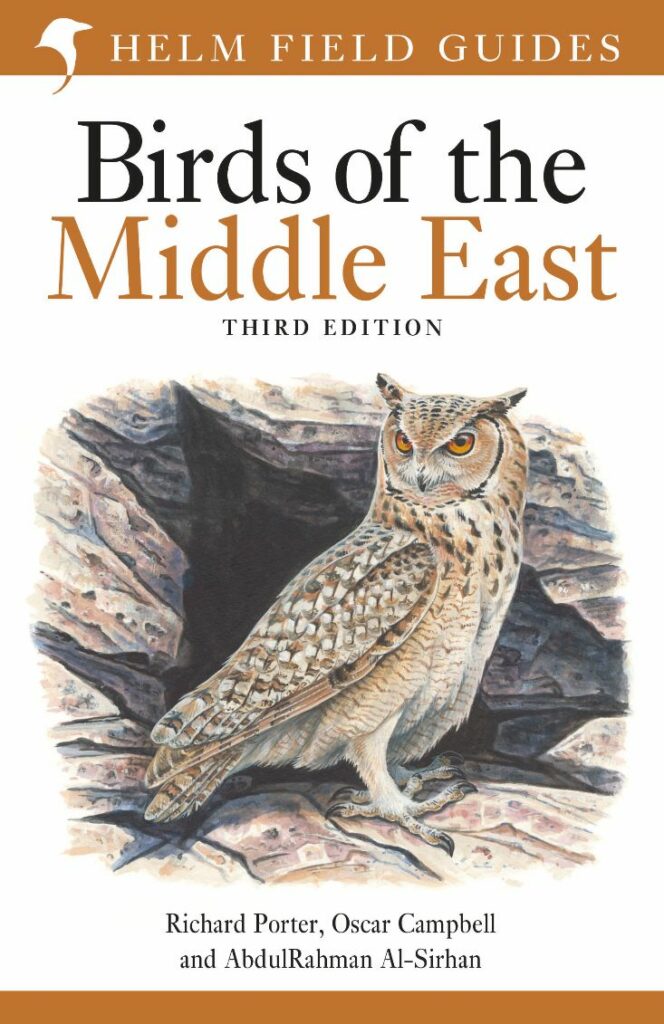
A collection of books illustrated by Mike Langman can be found in our bookstore here.
